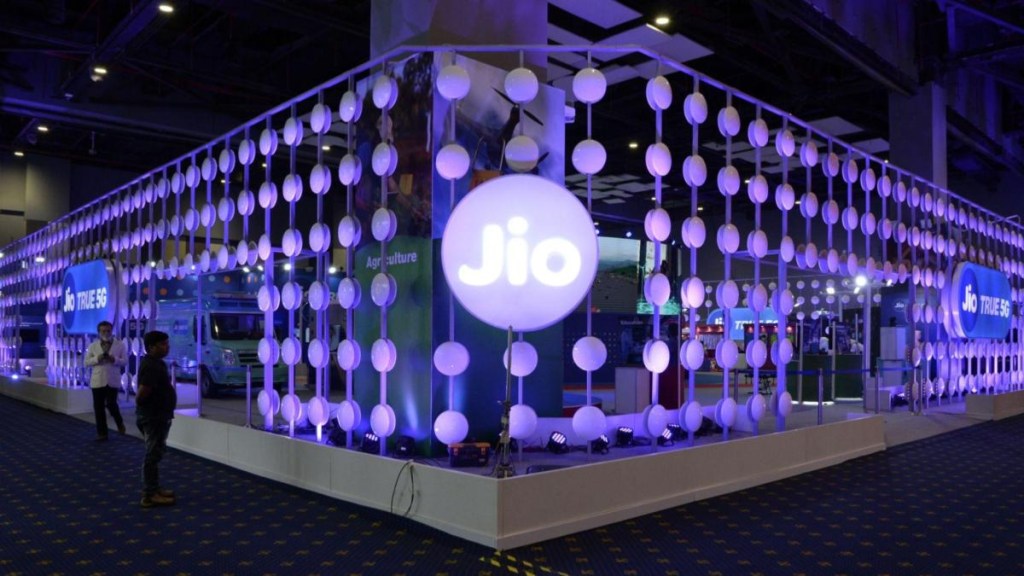Reliance Jio, which is aiming for a ‘2G-Mukt Bharat’, wants the government to use the Rs 75,000-crore surplus parked in the universal services obligation fund (USOF), to subsidise smartphones for feature phone users. Alternatively, it wants the government to suspend the 5% levy on the operators towards USOF so that they can use the proceeds for further investments.
“The transition from 2G to 4G is not only Jio or government’s commitment. The entire industry’s commitment is to ensure that the country’s digital aspirations are met for which they will work collectively,” Mathew Oommen, president of Reliance Jio, told Fe.
There are around 250 million users who still use 2G feature phones.
On its part, Jio recently launched two JioBharat series 4G phones priced Rs 999 and Rs 1,299 to accelerate the migration of 250-million feature phone users to 4G Internet-enabled phones.
Though these are basically feature phones, they offer browser services, and apps like Jio Cinema, Jio Saavn (music) and Jio Pay (UPI). Currently feature phone manufacturers do not have any standardised platform on the lines of Android and iOS in the smartphone segment.
If Jio as well as the industry succeeds in managing to transition a bulk of feature phone users to smartphones, the gains will be significant as average realisation per user (Arpu) almost doubles on a 2G user migrating to 4G.
Oommen also reiterated Jio’s stance for auctioning satellite spectrum, stating, “anything other than auction will distort the market significantly as the satellite technology is no different from 4G and 5G”.
At the India Mobile Congress on October 27, Jio demonstrated India’s first satellite-based gigabit Internet service JioSpaceFiber, which can potentially be used to provide high-speed Internet services to inaccessible areas in the country. Other than OneWeb and Starlink that uses low-earth orbit (LEO) satellites for connectivity, Jio has tied up with SES to provide medium Earth orbit (MEO) satellite Internet. The company has connected four remote locations with JioSpaceFiber — Gir in Gujarat, Korba in Chattisgarh, Nabarangpur in Odisha, and Jorhat in Assam, using the spectrum on trial.
Oommen said, satellites today have evolved from a vanilla backhaul technology to a base station in the sky-like capability. This means that it is going after the same devices, the same services like terrestrial networks, using similar standards, as well as going after the same customers.
“These two technologies are doing the same thing, why should there be a different spectrum policy,” Oommen asked.
Since MEO satellites orbit between 10,000 and 20,000 kilometers above earth, it gives greater ground coverage than LEO as well as have a average life cycle of 9-10 years, which is better than LEO.
“You need hundreds of satellites to cover the earth 24×7. We need it in the MEO, about 8-9 satellites to cover the earth, that is what we have done with SES, and giving gigabit capability,” Oommen said, adding that it would be difficult for any other player to match this kind of capability anytime soon.
With regard to its satellite broadband services, Jio will be deploying 5G outdoor small cell devices (ODSD), which is a smaller 5G base station device costing $800-900. The 5G cell will be used to connect to the satellite to provide Internet to uncovered areas with good speeds.
“Satellite as a backhaul with our own 5G ODSD and gateway that is the secret sauce,” Oommen said, adding that the pricing of the services will be set keeping in mind the affordability of consumers and it will be different from enterprises.
On 5G monetisation, Oommen said,”we also keep affordability first when it comes to tariffs. Yes, we should 100% monetise 5G capabilities, but that is going to be monetised mostly through industry verticals and through enterprise solutions and services”

